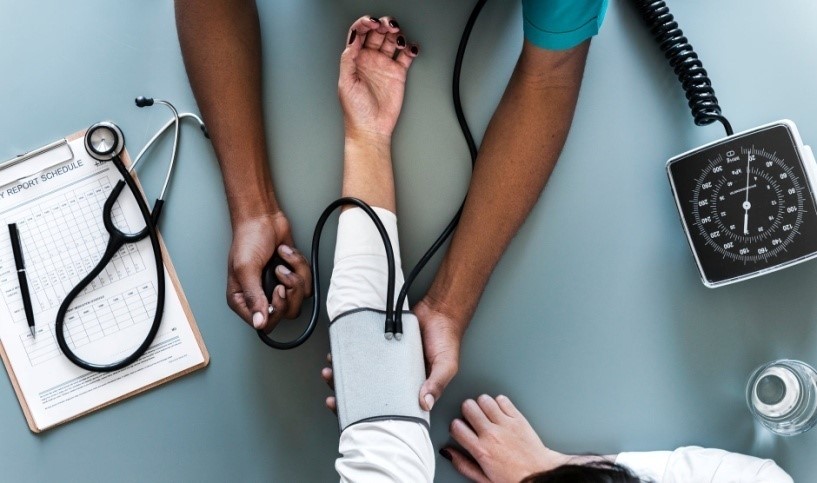Diabetes is a debilitating medical condition. It is still a complex disease to handle, and patients need constant care and support. Medicines and insulin injections need to be administered at their proper times and glucose levels must be constantly checked.
Telemedicine involves using technology to improve a person’s health. It makes healthcare accessible even in areas where there is a scarcity of doctors and clinics.
Telemedicine can greatly revolutionize diabetes care in a lot of ways. Since telemedicine allows the patient to connect with their personal doctors anytime, it can help with diabetes management.
Diabetes can be very overwhelming to manage. Because patients need to keep their glucose levels in check, they must be committed to healthy eating and exercise. It comes as no surprise that people with diabetes are highly likely to suffer from depression and anxiety.
Thanks to the advances in technology, telemedicine can help keep diabetes well in control. It is easier to monitor your daily calorie intake plus blood sugar levels with the smartphone apps. In addition, constantly staying in touch with your health professional and having your therapist just a click away is highly comforting.
Research has shown that people who use telemedicine to manage their diabetes have lower blood glucose levels. Their blood pressure is also within the healthy limits.
A study conducted in 2017 which was also published in JAMA INTERNAL MEDICINE found that connecting one clinic to another using technology can effectively improve screening rates for diabetic retinopathy.
Retinal cameras were set up in clinics and patients were examined using those cameras for diabetes-related eye damage. The benefit was that the patients did not have to set up appointments and then wait for months to see a qualified ophthalmologist. Doctors took photos of these images and sent to optometrists who examined these images. If any eye damage showed up in those photos, then patients were asked to visit an ophthalmologist.
Eye damage can be effectively managed if diagnosed early on. Hence telemedicine intervention was highly successful in managing eye-related diabetes damage.
Another example of telemedicine helping to manage diabetes is the ENDO ECHO program. The University Of New Mexico School Of Medicine started this program in 2014 to help local doctors manage people with complex diabetes.
This essentially meant that once a week, a team of specialized doctors including diabetes care professionals and other highly qualified doctors would sit in a virtual meeting with all the local doctors around, who would be connected online through two enormous flat-screen TVs.
The doctors, in turn, share their most difficult cases of diabetes with the ENDO team and are guided accordingly. This ensures that whole community is given better and specialized care. Instead of connecting a single patient with a specialized doctor, doctors are trained through the technology. This way, they can handle their respective and similar cases according to the specialized training and knowledge they receive.
Telemedicine ensures that you can meet virtually with your respective health care provider anywhere and anytime. In case of an emergency, you can also connect with a licensed doctor who is online and who can guide you according to your need.
Digital healthcare services are also available now worldwide such as Teladoc, MDLive, or American Well. Several physicians and health care providers are available online 24/7. Telehealth has proved very effective in handling diabetics living in rural areas. A virtual team which conducted examinations online very effectively managed patients. The good news is that patients were also satisfied with the quality of care they received.
If you assume that telemedicine will replace traditional methods of medicine and clinics, you need to read this. The best telemedicine company strive to complement the healthcare delivery system. They don’t intend to replace it.
Research shows that more than 70% of doctors are using telemedicine to connect with their patients online. This has effectively improved efficiency in handling diseases such as diabetes. It has also created a lot of exposure in terms of specialized knowledge being spread widely even in areas where the usual clinics aren’t available. Health care specialists are just a click away, which has proved very beneficial for people having high-risk diabetes.

